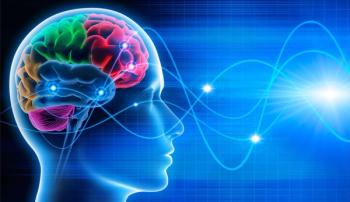
Neuromodulators for Migraine At-a-Glance
Here: A snapshot of the 4 FDA-approved neuromodulation devices and a primer on neuromodulation for migraine at work.
Neuromodulation is defined by the International Neuromodulation Society as the alteration of nerve activity through targeted delivery of a stimulus, such as electrical stimulation or chemical agents, to specific neurologic sites in the body.
Neuromodulation has become an effective, drug-free, and FDA-approved strategy for the management of migraine and other primary headaches. In fact, the FDA has labeled each of the 4 currently approved devices as “minimal risk,” ie, there are no significant side effects known or expected.
Commonly referred to as “stimulation” devices or “stimulators,” the designation isn’t fully accurate as the effect of neuromodulation is often to tamp down brain activity rather than to stimulate.
In brief, the 4 devices now available are:
The
The Table below highlights features of each device and is followed by a brief overview and illustration of neuromodulation at work.
Neuromodulation at work. Envision the following pain pathway: sensory pain fibers in the meninges, the face, jaw and sinuses, as well as upper cervical sensory afferents all synapse in the trigeminal nucleus caudalis (TNC) in the brainstem.
Second order neurons then ascend and hit the thalamus (as well as a few other structures like the periaqueductal gray [PAG]), and third order nerves climb yet again to the cortex, where pain is fully processed.
So, starting from the top, transcranial magnetic stimulation (TMS; Spring TMS) affects the cortex and thalamocortical circuits, while deep brain stimulation stimulates the PAG.
Supraorbital nerve stimulation (tSNS (Cefaly) modulates facial pain signals into the TNC.
Curled deep behind the nose, the sphenopalatine ganglion (SPG) is a pain superhighway into the TNC, which can be stimulated.
The occipital nerves take posterior cervical sensory information into the TNC, and the vagus nerve, as it courses through the anterior neck, synapses on the TNC and other pain depots such as spinal trigeminal nucleus, nucleus ambiguous, and the nucleus of the solitary tract.
Newsletter
Enhance your clinical practice with the Patient Care newsletter, offering the latest evidence-based guidelines, diagnostic insights, and treatment strategies for primary care physicians.

















































































































































































































































































